
Pancreatitis is the most common disease that attack pancreas. This is inflammatory disease because the enzymes in pancreatitis induce the inflammation of the pancreas. Basically, there is acute and chronic form of this condition. Acute form happens suddenly and affects a healthy pancreas, while chronic form includes more frequent and more numerous value of trauma, which will lead to a complete failure of the pancreas. Acute pancreatitis has a cascade activation of proteolytic enzymes (enzymes created in pancreas). These enzymes are activated within the pancreas, which leads to its inflammation and to the development of pancreatitis.
Causes
Most common causes of pancreatitis in the US is the use of alcohol beverage, while in UK, it is cholelitiasis (presence of stones in bladder). Generally, there are several causes that might lead to acute pancreatitis, but the most common are alcohol, trauma, metabolic disorder, infections, systemic conditions, some medications (estrogen, tetracycline). Also, a reason for the creation of pancreatitis might be the penetrable peptic ulcer, which usually happens after intrusion in abdominal area, after kidney transplantation or something similar.
Symptoms
Abdominal pain is the main symptom of pancreatitis. Pain is sharp and it is often described as “knife stabbing”. Intensive decrease of general shape is present, patients are sweating, they are feeling afraid, and nausea and vomiting might emerge. Symptoms of a shock can be present as well. Often as a result of draining of pancreatitis enzymes, ischemic peritonitis can develop (intestines are functioning slower). The diagnosis is usually set based on the values of serum amylases levels. Levels are three times higher than normal, which practically confirms the diagnosis. After 48 to 72 hours of acute attack, a level of serum amylase tends to return to normal levels, but the fact is that pancreas lipase can be increased 7 to 14 days. Activity of serum lipase levels depend on the levels of amylase. So, when the amylase levels are increased three times, serum lipase levels will be increased the same. Increased levels of amylase in peritoneal and pleural fluid (more than 1500 mmol per liter) are excellent for confirming the presence of pancreatitis. Local and systemic complications of pancreatitis are numerous and they include phlegmon, pancreatic ascites (accumulation of fluid in stomach), damage to surrounding organs. Systemic complications include damaged pleural system, cardiovascular system, kidney, metabolic, etc. Acute pancreatitis is a dangerous condition. It must be recognized by a doctor at once, so that the treatment can start immediately. The best indicator that tells us something is wrong are lab values of enzymes.



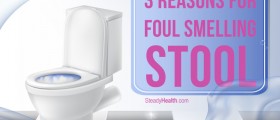

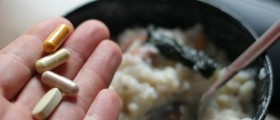
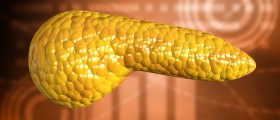






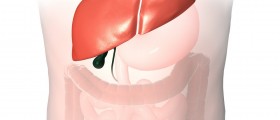

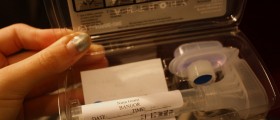

Your thoughts on this
Loading...